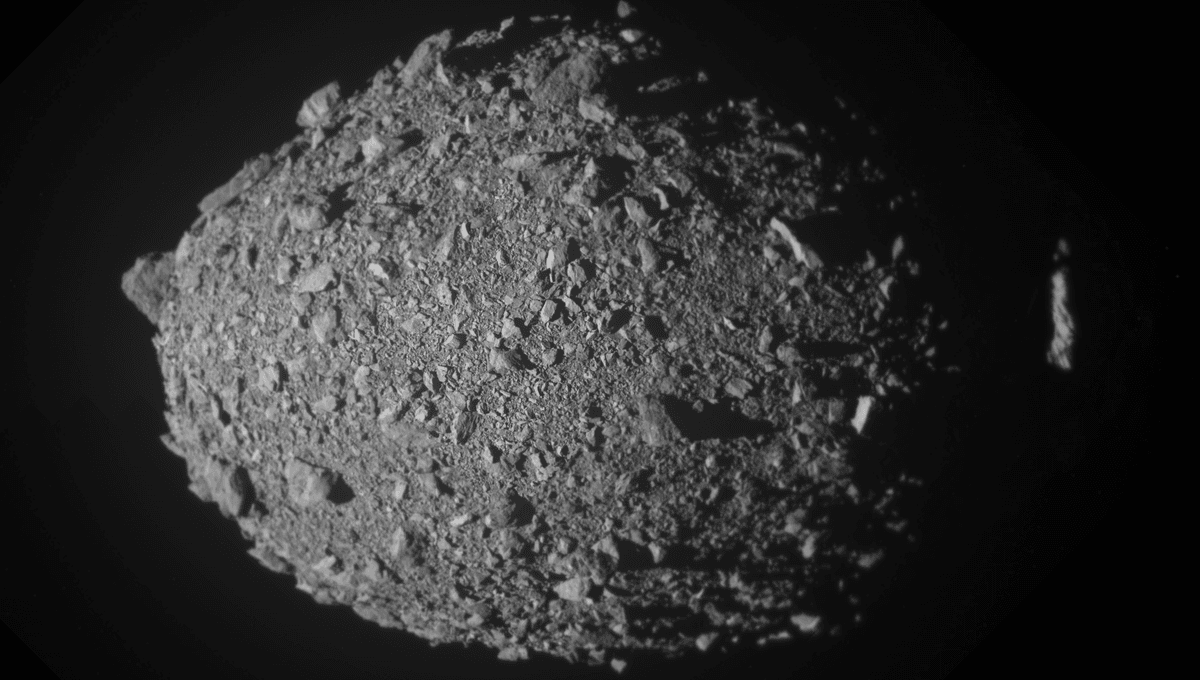Prepare to be amazed! DART, a planetary defense system, is like a cosmic superhero. It uses a technique called kinetic impactor, where it smashes into an asteroid at incredible speeds. This powerful collision changes the asteroid’s orbit, steering it away from a collision course with Earth. It may sound small, but given enough time, it can make a huge difference in keeping us safe.
Now, let’s talk about Dimorphos. This asteroid wasn’t a threat to us, but it was chosen for a special reason. Astronomers knew exactly how long it took for Dimorphos to orbit around Didymos. And guess what? DART proved that it could change the speed of an asteroid. Dimorphos actually ended up on a smaller orbit after the impact. The plan was to shorten its period by seven minutes, but the impact did even better, shortening it by a whopping 33 minutes! However, something strange happened. Dimorphos kept losing momentum over time.
Here’s where it gets even more interesting. A group of brilliant high school students from The Thacher School took on the task of observing Dimorphos before and after the impact. Using their school’s observatory and a 0.7-meter telescope, they made an incredible discovery. The period of Dimorphos continued to increase in the days following the impact, surpassing the official measurement taken right after the collision. Dr. Jonathan Swift, the teacher and observatory director, described this finding as “inconsistent at an uncomfortable level.”
But wait, there’s more! The behavior of Dimorphos was completely unexpected. After all, this was the first time in history that humanity had physically moved a celestial body. The impact created a crater that was tens of meters in diameter, which is huge for an object that’s only 210 meters (525 feet) across.
And here’s the kicker. The impact threw a ton of material, including numerous boulders, into orbit. Some of this material may have returned to Dimorphos, causing it to slow down even more. It’s like watching two billiard balls collide in space!
Dr. Cristina Thomas from Northern Arizona University explained that the period change observed wasn’t just due to the momentum transfer from the spacecraft impact, but also because of the extra boost from the ejected material. It’s a complex system, indeed.
But fear not! The European Space Agency’s Hera mission will arrive at the asteroids in late 2026, providing us with even more insights into the collision and its consequences. For now, it seems that the orbit has stabilized.
These budding researchers presented their groundbreaking work at the American Astronomical Society conference in Albuquerque and have even published a paper in the Research Notes of the American Astronomical Society.








